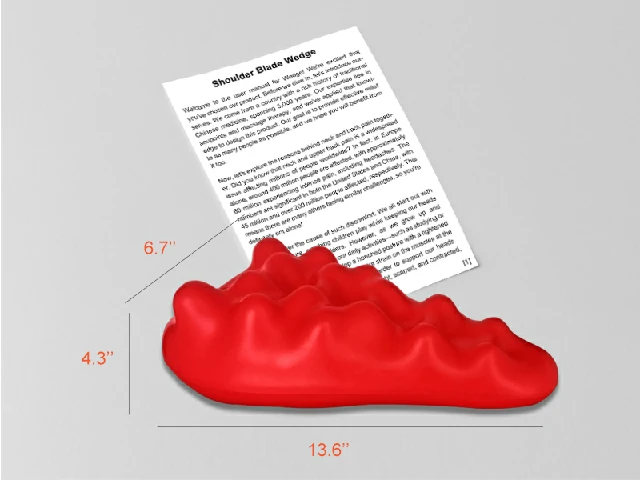If you are feeling tightness and stiffness in your chest and experiencing sharp pain at the junction of your sternum when you take deep breaths, it might be time to consider a physical therapy approach based on yoga to exercise your chest muscles.
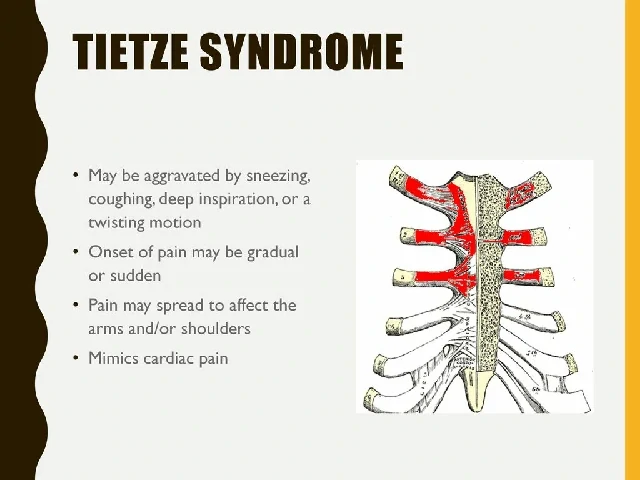
If you are dealing with costochondritis or Tietze syndrome, make sure to have a shoulder blade wedge and a mat ready for the session.
Before we begin, let’s delve into the anatomical principles of costochondritis. If you are experiencing chest pain, especially severe cases, it is advisable to consult a doctor to rule out any heart-related issues. Early symptoms of heart disease can sometimes be mistaken for these conditions.

During the medical assessment, vital signs will be checked, and if everything appears normal, you might be diagnosed with Costochondritis or Tietze syndrome, which typically affects the junction of the sternum and the 2nd and 3rd ribs on your left side.
What is Tietze Syndrome?
Tietze Syndrome is a condition characterized by chest pain, primarily felt on the left side but potentially affecting the right side as well, presenting between the chest and sternum or below the clavicle.
Patients may experience intermittent tenderness upon touch, especially in the affected area. This pain can radiate to the left upper arm and armpit.
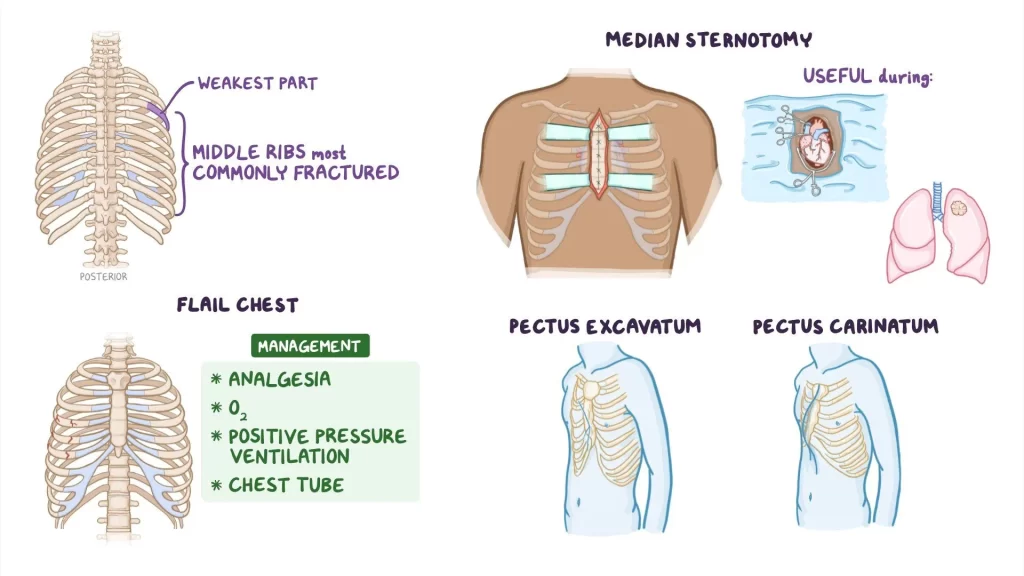
Individuals with Tietze Syndrome often report a sense of swelling in the discomforted region, occasionally extending to the back and lower rib areas.
Tietze Syndrome vs Costochondritis
Tietze Syndrome and Costochondritis, despite sharing similar symptoms, are fundamentally different in their causes and manifestations. The distinctive feature of Tietze Syndrome is swelling or inflammation at the costochondral (rib-cartilage) junctions, resulting in chest pain and tenderness, often with localized swelling.
In contrast, Costochondritis primarily involves inflammation of the cartilage connecting the ribs to the breastbone, causing chest pain that is typically more intense and localized. As they are two closely related conditions, physical therapy and stretching exercises are often similar in their approach.
Causes of Tietze Syndrome
The exact causes of Tietze Syndrome remain unclear; however, certain factors are believed to contribute to its development. Potential triggers include chest trauma, repetitive strain or overuse injuries, infections, or underlying conditions such as arthritis.
In some cases, Tietze Syndrome may arise following physical activities or respiratory infections. While the specific causes may vary from person to person, addressing these potential triggers is crucial in the treatment and management of Tietze Syndrome.
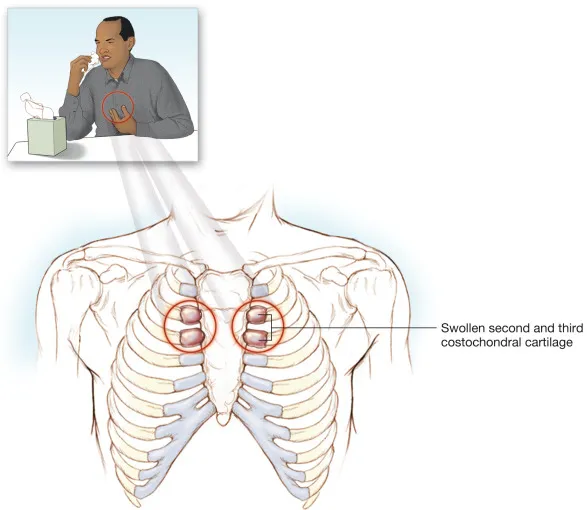
How to Relieve Tietze Syndrome?
Tietze syndrome often requires more flexibility and stretching exercises to truly open up your chest. Poor posture can lead to increased friction at the junction of your sternum and ribs.
Despite stretching your chest muscles, you may find that the area from T1 to T12, where the ribs articulate with the spinous processes of your vertebrae, experiences friction causing stiffness in your chest region.

Hence, stretching this area is essential to open up your chest. It is crucial because as you walk, breathe, and rotate, even a slight rotation can cause friction within your thoracic cavity.
Enhancing the flexibility of your spine helps alleviate inflammation associated with this condition, which may persist for up to 6 days.
Therefore, it is imperative to start stretching and strengthening these deep-postural muscles if you are experiencing these symptoms for more than a few days.
Now, let’s move on to the practice session, which is simple and suitable for beginners. Whether you are in a period of intense pain or not as youthful as before, this routine is suitable for you.
Place the shoulder blade wedge on the ground and lie down on it. You can use a yoga wheel as an alternative, but the shoulder blade wedge is the preferred choice as it aligns with the curvature of your thoracic spine, ensuring you do not overextend mistakenly.
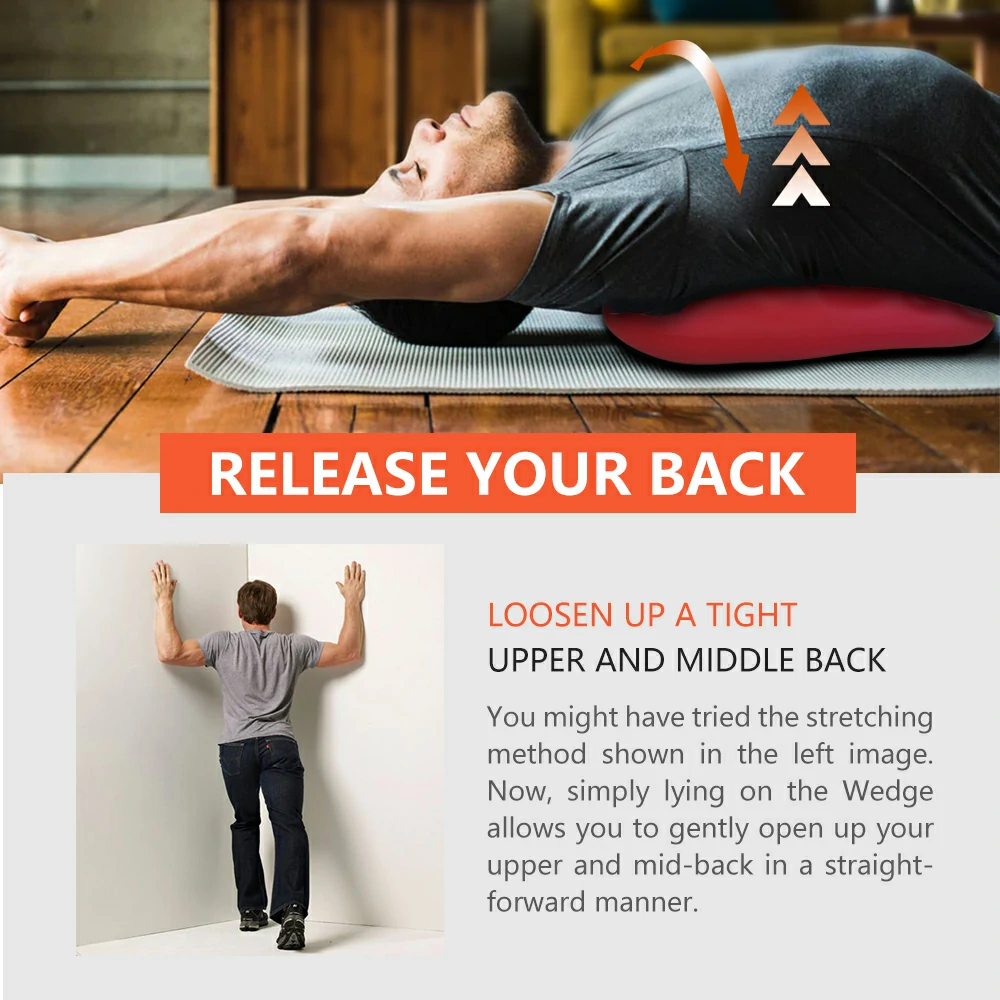
Now, let’s begin with deep breathing. Inhale deeply through your nose, engage your navel to the spine, and exhale.
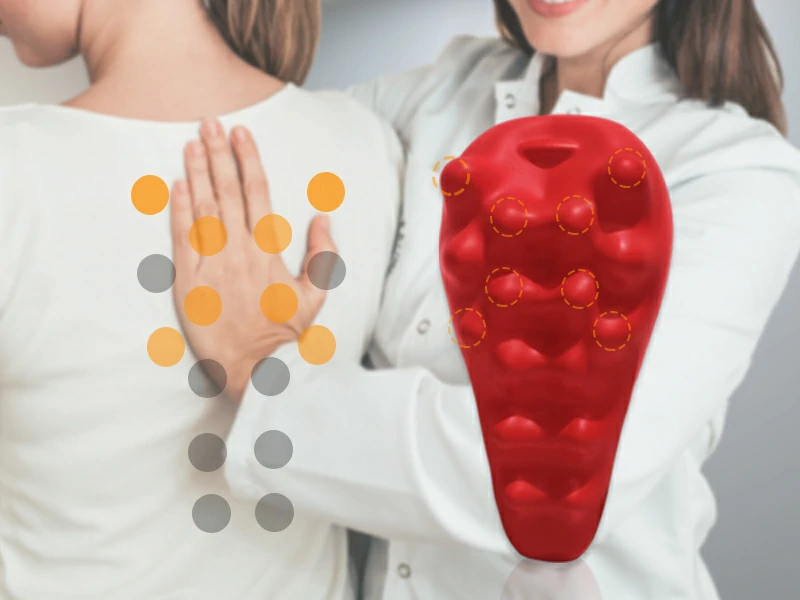
It is essential to engage your diaphragm during deep breathing as it is a dome-shaped muscle. When you inhale deeply, it descends, providing more space for your lungs to expand. As your lungs expand further, it opens up your ribs for more extension.
Place one hand on your abdomen to feel the descent of your diaphragm rather than using your chest muscles. Inhale deeply, letting your stomach expand, and exhale, squeezing it to engage your core muscles. Repeat this ten times before starting the stretching.
Next, let’s add some complexity. Try to keep your shoulders and arms as close to the ground as possible. With the breathing technique, slowly raise both arms above your head, then lower them down beside your ears while keeping them in contact with the ground throughout.
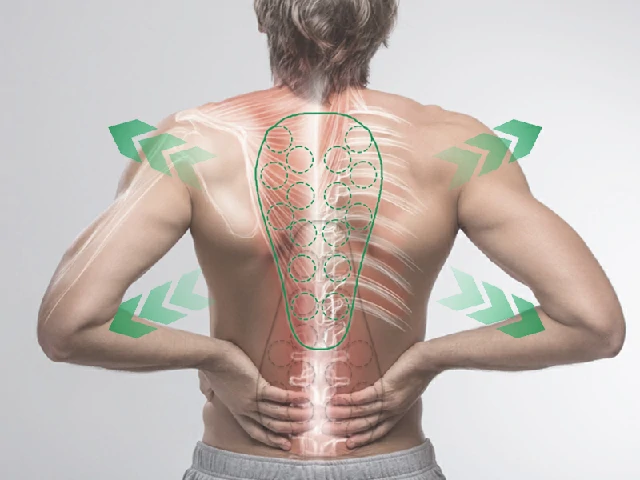
These are gentle stretches that can help open up your chest, aiding in the treatment of Tietze syndrome. They are beneficial for your thoracic spine and chest muscles.
Quickly get your shoulder blade wedge and give it a try!
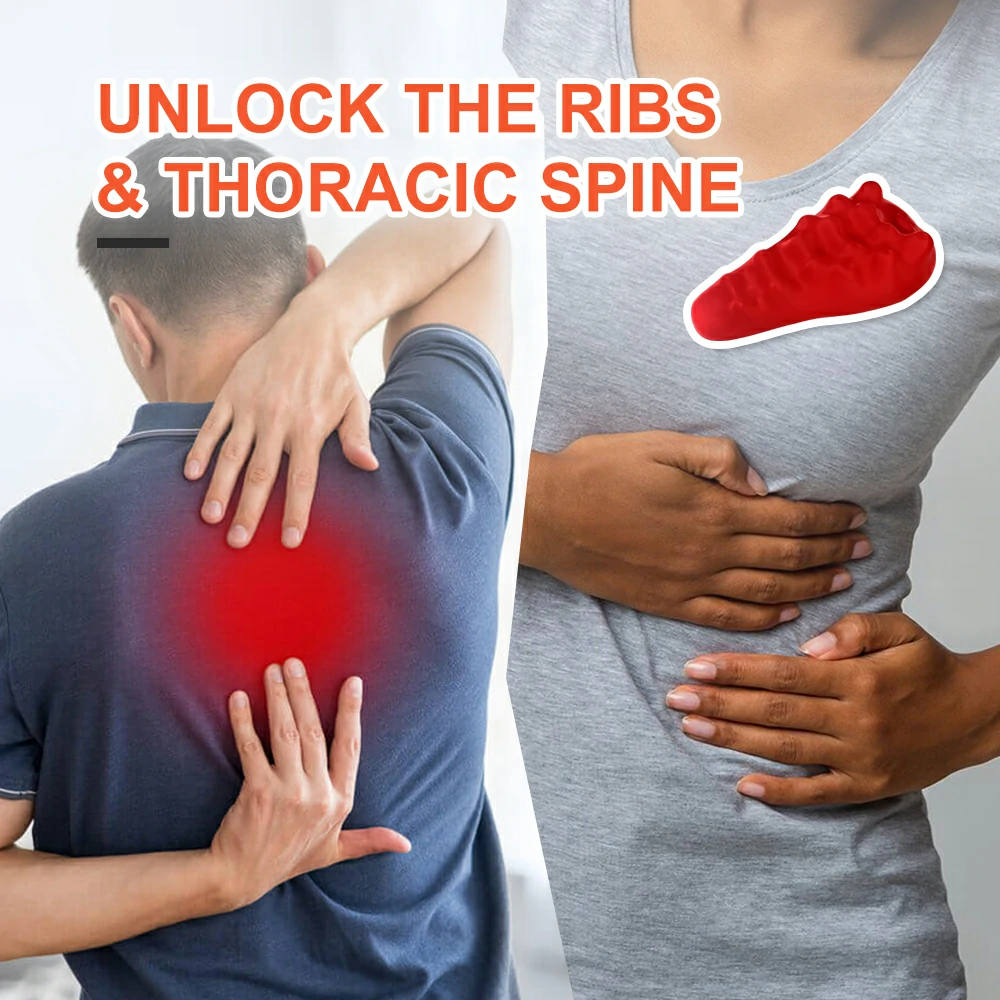
If you don’t have a shoulder blade wedge yet, you can click the link below to make a purchase!
It is available on Amazon with a 30-day return policy and fast shipping. You have no risk.
